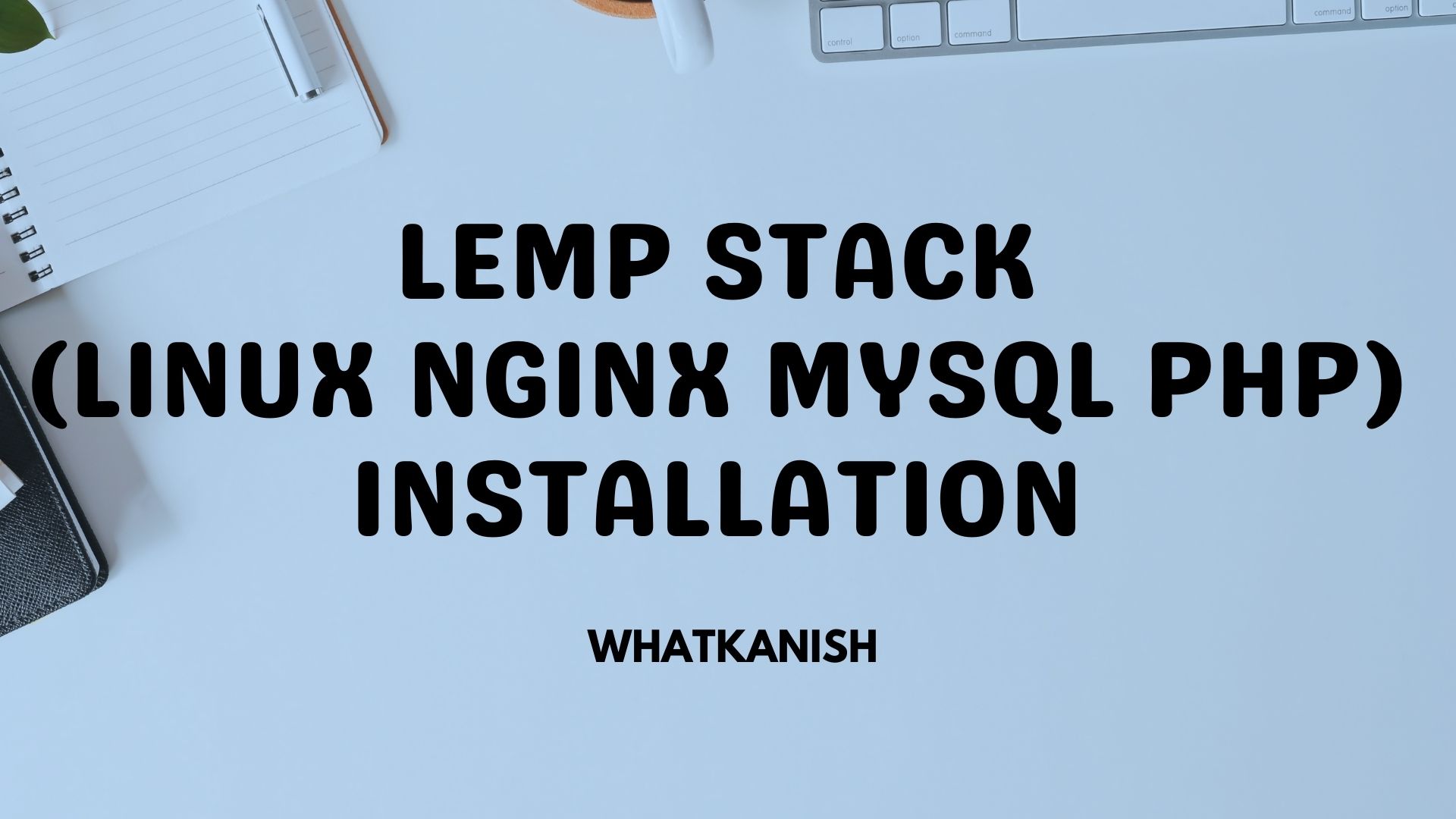💻 Lemp Stack Installation
 Kanishthika Singh
Kanishthika Singh
Installing a LEMP stack (Linux, Nginx, MySQL, PHP) is a common practice for setting up a robust web server environment. Below is a practical guide to walk you through the installation process on a Linux-based system, specifically using Ubuntu as an example. Adjust the commands as needed for your distribution.
Step 1 – Installing the Nginx Web Server
Step 2 — Installing MySQL
Step 3 – Installing PHP
Step 4: Configuring Nginx to work with PHP-FPM
Step 1: Update Your System
Before installing any software, ensure your system is up-to-date:
sudo apt update
sudo apt upgrade
Step 2: Install Nginx
Nginx is a high-performance web server and reverse proxy. Install it using the following commands:
sudo apt install nginx
Start and enable Nginx to run on system boot:
sudo systemctl start nginx
sudo systemctl enable nginx
Step 3: Install MySQL (MariaDB)
MySQL is a popular relational database management system. For Ubuntu, you'll typically use MariaDB, a MySQL fork:
sudo apt install mariadb-server
Start and enable MariaDB:
sudo systemctl start mariadb
sudo systemctl enable mariadb
Run the MySQL secure installation script:
sudo mysql_secure_installation
Follow the on-screen prompts to set a root password and secure your MySQL installation.
Step 4: Install PHP
Install PHP and required extensions:
sudo apt install php-fpm php-mysql
Step 5: Configure Nginx to Use PHP
Edit the default Nginx server block configuration:
sudo nano /etc/nginx/sites-available/default
Find the location ~ \.php$ block and uncomment/modify the lines to look like this:
location ~ \.php$ {
include snippets/fastcgi-php.conf;
fastcgi_pass unix:/var/run/php/php7.4-fpm.sock;
fastcgi_param SCRIPT_FILENAME $document_root$fastcgi_script_name;
include fastcgi_params;
}
Save the file and exit.
Restart Nginx to apply the changes:
sudo systemctl restart nginx
Step 6: Test Your LEMP Stack
Create a PHP info page to verify that PHP is working correctly:
echo "<?php phpinfo(); ?>" | sudo tee /var/www/html/info.php
Visit your server's IP address or domain followed by /info.php in a web browser (e.g., http://your_server_ip/info.php). You should see the PHP information page.
Conclusion
Congratulations! You've successfully installed a LEMP stack on your Linux server. This setup provides a solid foundation for hosting web applications and websites. Remember to follow best practices for security, such as configuring firewalls, securing MySQL, and keeping software up-to-date, to ensure a secure and stable environment.
DO FOLLOW Kanishthika Singh
👀 I’m interested in learning and working with community , open source contribution and give back to the community.
⛷️ I'm currently working with Kubernetes, Docker, AWS, Jenkins, Terraform, CI/CD, Data science and analysis
💞️ I’m looking to collaborate on GitHub and open source projects related to cloud computing and Data and DEVOPS
💬 Ask me about DevOps, Linux-Ubuntu, Docker, DATA , AI , TECH.
📫 Reach out to me at whatkanish@gmail.com
Subscribe to my newsletter
Read articles from Kanishthika Singh directly inside your inbox. Subscribe to the newsletter, and don't miss out.
Written by

Kanishthika Singh
Kanishthika Singh
Dedicated to mastering modern technology, I delve into the intricacies of cutting-edge advancements, leveraging innovation to navigate the ever-evolving tech landscape. Embracing the challenges of the digital era, I am committed to continuous learning and contributing to the transformative power of modern tech. MORE ABOUT ME: https://bio.link/kanishthika